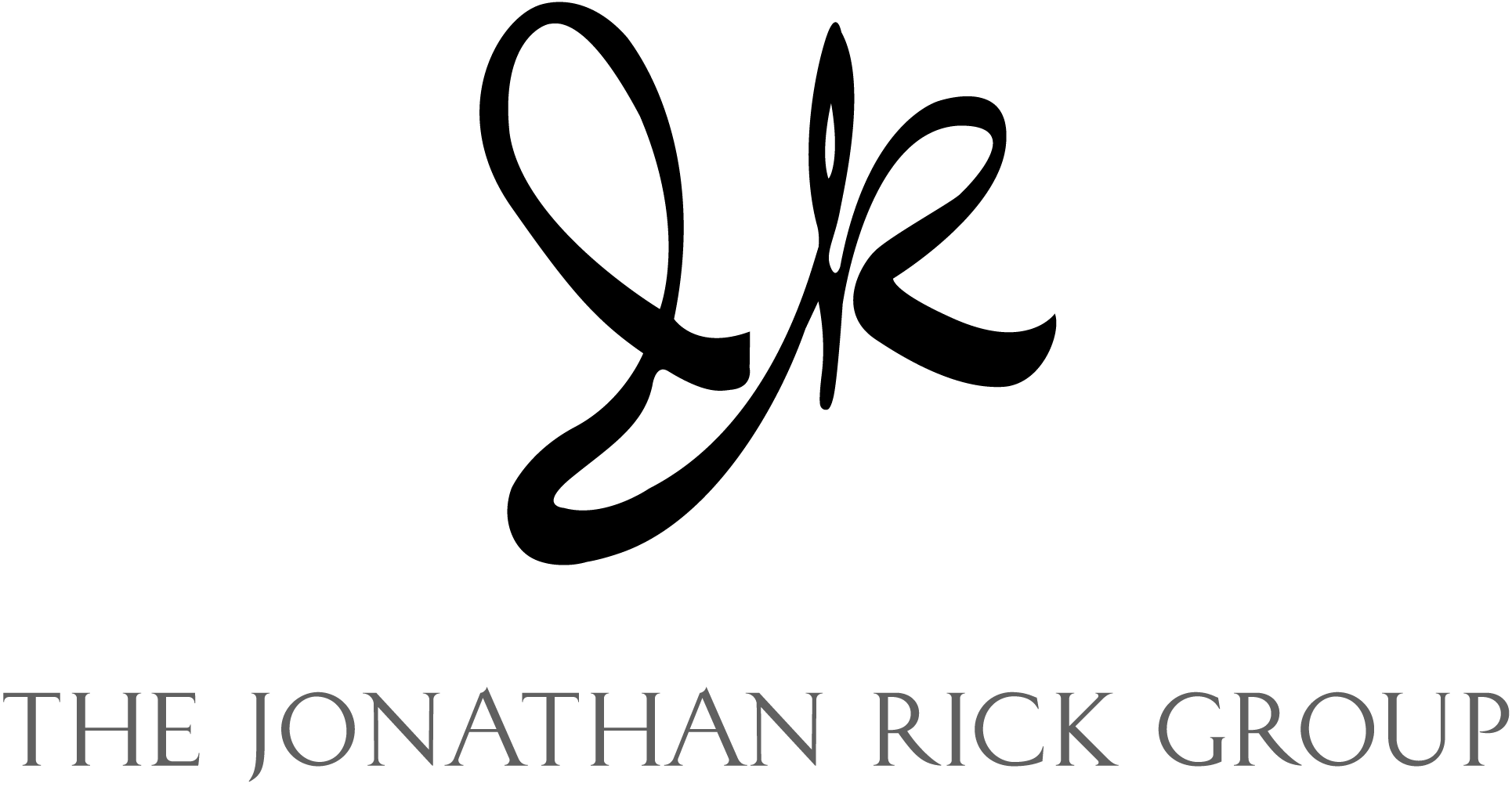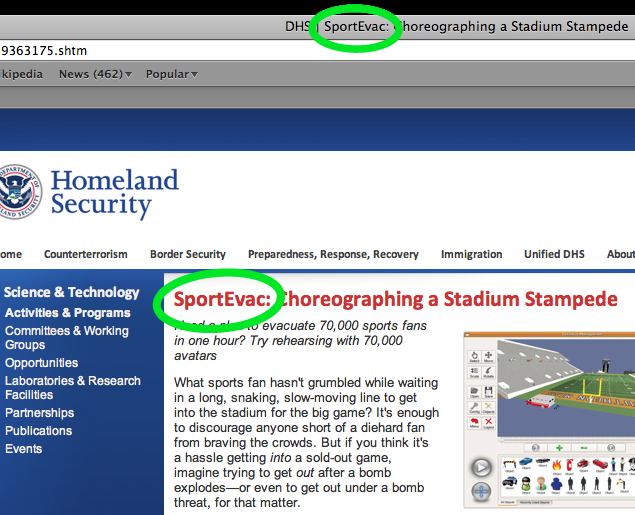Visual aids make writing easier and reading more enjoyable.
Smart writers know a secret. They know that what you write — your choice of words — is only half of any project. The other half? How those words look — everything from your font size to your margin widths. Packaging and presentation matter more than most people appreciate.
This is one reason stores like Gucci and Whole Foods can charge a premium: The layout of their bricks and mortar gives rise to a certain appearance and ambiance. By contrast, while I have nothing against Marshalls or Giant Food, when it comes to aesthetics, their displays just can’t compete.





